at Isla Bargo/El Coyote, Bahia Concepcion.
OK, so it’s not as hot as it could be here in Bahia Concepcion. But it’s officially HOT. So stuffy, that every evening at about 6pm, we possessed a persistent drive to dive into the water. Stewing in the piping hot pool felt cooler than sweating in sizzling air temps. Every evening would find us suspended on a pool noodle or dangling from the dinghy or arm-wrapped around the anchor chain, desperate to cool off. After we sufficiently simmered into shriveled shrimp, we’d take a cool shower on deck. Natural AC.
Irritating Islets
In Bahia Concepcion, several miniature islets grow out of the water in ill-shaped clumps. Most are easily circumvented by day, just don’t get too terribly close and watch your depth sounder. Some are deceiving (or lazy) actors, basking underwater most of the day and only making a brief appearance on stage at low tide. From a kayaker and snorkeler perspective, these uninhabitable, rock-strewn regions are a prime attraction to Bahia Concepcion. But from a cruising perspective, these islets are considered navigation hazards to be avoided at all costs. And for some reason, like wrascally rabbits, the islets in Bahia Concepcion tend to duplicate on my chartplotter screen, drawing identical ghost land masses where I know for a fact it’s open water. Look honey, I’m driving us over an island! Yee haw! So in this bay, islets are just a bit irritating.
Isla El Coyote (aka Isla Bargo)
Less than a mile from El Burro Cove is one such Isla that we have avoided like the plague, simply because we are prone to islet-evasion. This year, I viewed this identity-crisis-prone Isla (marked in Google as Isla El Coyote and on our chartplotter as Isla Bargo) not as an evil navigation hazard, but an alluring tropical isle. Its baby anchorage juuust snug enough for one boat, its cloistered beach backed by a towering mini-mountain summoned Indigo like a siren. I envisioned our own little Gilligan’s Island (Brian would be the Professor, me, the bumbling Gilligan). So of course, we attempted to anchor there. Attempted.
Anchoring = Puppy-Dog-Walking
Setting an anchor is akin to walking a very stubborn Labrador puppy. Suddenly, “Giggles” sits down without warning and plants his feet - he ain’t goin’ nowhere, nohow. But you keep walking… and the leash attached to his neck and your wrist suddenly straightens out… and your wrist takes the brunt of your forward motion, tugging and eventually stopping you in your tracks. Giggles may scoot across the ground for a second during your slowdown, but his paws quickly dig into the dirt, securing your fate. The dog is our anchor; the leash is our chain; the wrist is our windlass (contraption on the bow that winds/brakes the chain as it’s going in or out).
After Brian drops our hefty hound, we watch that leash stretch out taut, feeling the anchor claw into the sand and the boat perform a sludgy stall. We reverse at a slow 1000 RPM until this happens. Why so slow? Well, ask your wrist. When your pooch plants his booty on the ground, would you rather be walking, eliciting a mere tug… or running at full speed, causing a cataclysmic cartwheel?
In addition to a taut chain and a mild tug, we know we’ve “set the hook” by noting the swirl of water churned up by the reverse propeller unable to move the boat further. Then we gun the engine backwards at 1500, then 2000 RPM to fully entrench the anchor and finally let out more chain.
No tug, no churn? Not anchored.
Except today, this didn’t happen. Brian is on the bow; I am at the helm, engine in reverse. I’d just input our anchor drop point into the plotter. Watching our backwards trail, I get a weird sensation. Why do I feel like this is taking too long? Our backwards GPS track seems waaay longer than our normal anchoring procedure. We should be stopped by now. Brian sees the chain is taut, but I see no prop churn; neither of us senses a stall. I visually compare our physical location with the leading edge of the islet, observing the rockfall drift slowly by...we’re headed out to sea! Whaaa? Basically, we’ve just dragged the pooch… hop, skippin’ an’ a jumpin’ along the sea floor.
Abandoning the Isla
Did we do something wrong? Or did our anchor drop on hard rock under minimal sand? (Like digging into pavement – impossible.) Who knows. We tried twice, abandoning our efforts after the second failed attempt. Why didn’t we bother going for a third? Trust issues. This brusque anchor expulsion has never happened to us, and twice in the same spot. It’s like the harbor just spit us out. Blech. Pitooey. We felt a tad unwanted. Fine then, we’re leaving!
Undeterred
But we’re coming back, one way or the other! After scooting over to El Burro Cove, we motored the dinghy BACK to Isla Bargo. (Or El Coyote, whatever you self-identify as these days. I don't care - just pick one!) Can’t spit us out that easily!
Here on Gilligan’s Island
Zooming into this deserted cove really was like arriving at our own private Gilligan’s Island. (Except we weren't stranded.) Our 3-hour tour was a welcome respite from the summer beach crowd at El Burro. Gone are the Corona-clutching kayakers, the jet-skiers doing donuts around our boat, the beach-front monopolizers… BBQing and singing and cackling and playing an inordinate amount of tuba music. Sigh. We have this place all to ourselves. Not a single person here. I would not have minded getting stranded one bit. At least for a day.
Cortez Angelfish
The highlight of our Isla El Coyargo snorkeling excursion? Getting up close and personal with an unusual number of Cortez Angelfish. Unusual… meaning more than one. Like, five! OK, I know. Big deal. But these guys are so preeettty! Adults wear a dark grey face with wide, nervous eyes, followed by bright yellow and black bands and a dark/light grey spotted stern; the entire body is tinged in blue. Glowering at me vexingly, the fishies flitted in and out of their hidey-hole, mildly irritated at my prolonged presence. You’re STILL here? Ugh.
Even better, I got video of a striking juvenile. Covered in consecutive C-shaped stripes of black, electric blue and canary yellow, I think they are the coolest looking fish. In all our snorkels, I’ve only ever seen one other. This little guy sped back and forth under a rock ledge like a sugar-high 2-yr old. Stop moving! I’ll go away if you’ll just stop moving and let me take one non-blurry picture!
Feather Dusters
I also got video of a species of tubeworm. I know what you’re thinking. Ick. Now, I hate anything slithery and snakey, so I’m not a big fan of worms either. But since I can’t see the body…and they stay put… these aren’t so bad.
Tubeworms are just that: actual worms that live inside a secreted, then hardened, mini-tube-house sticking up out of the sand. At the head of the tube, the worm exposes a floating circle of hair-like feelers deployed to funnel tiny organisms as well as provide an oxygen exchange. This dainty plume looks like a feather duster…hence the typical name, Feather Duster Worms.
In our private Gilligan’s Island cove, Feather Dusters proliferate. Heading back to shore, I just happened to notice their disappearing act out of the corner of my eye…a miniscule withdrawal movement as I hovered over their holey homes. Diving with my camera in close, their colorful crowns retract inward to hide. Schloop! It’s even cooler when a group performs their scaredy-cat be-bop in succession. Schloop… Schloop.Schloop....... Schloop. As soon as I stop moving, they slowly discharge their fan. Ploof…Ploof. Ploof……Plooooof. And I can make them do it over and over! On command! BOO!
Watch the video!

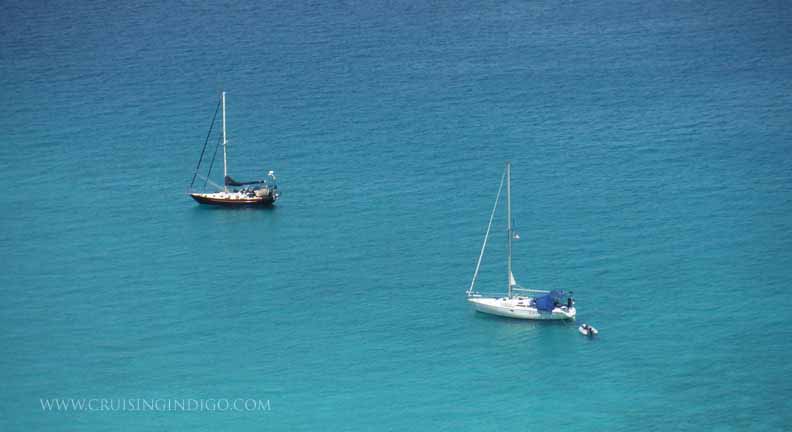
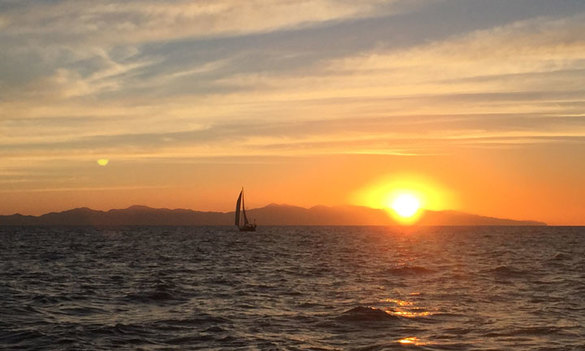
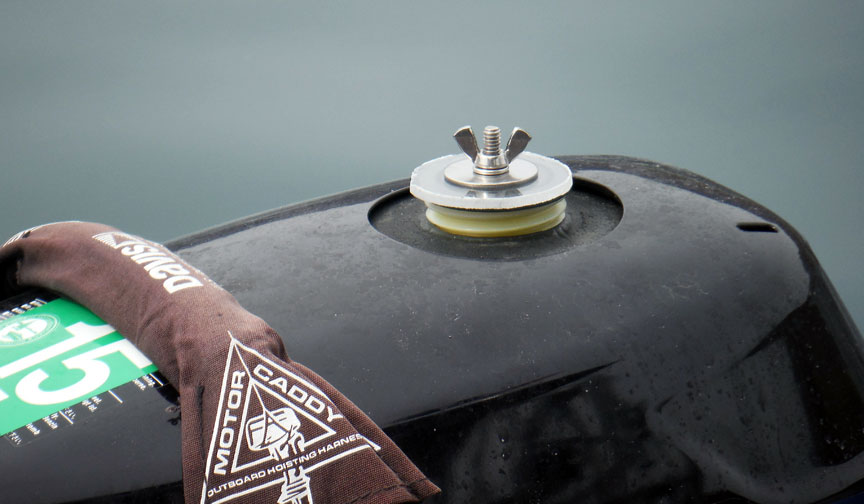
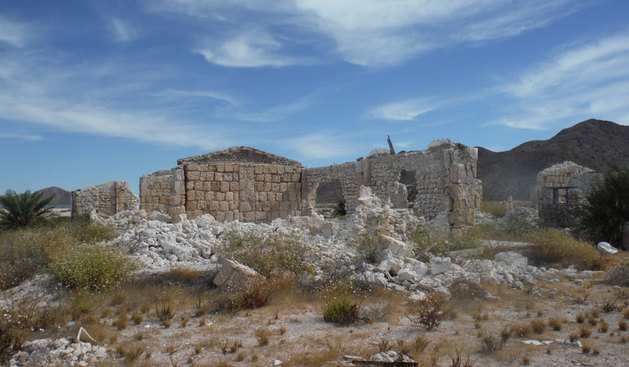
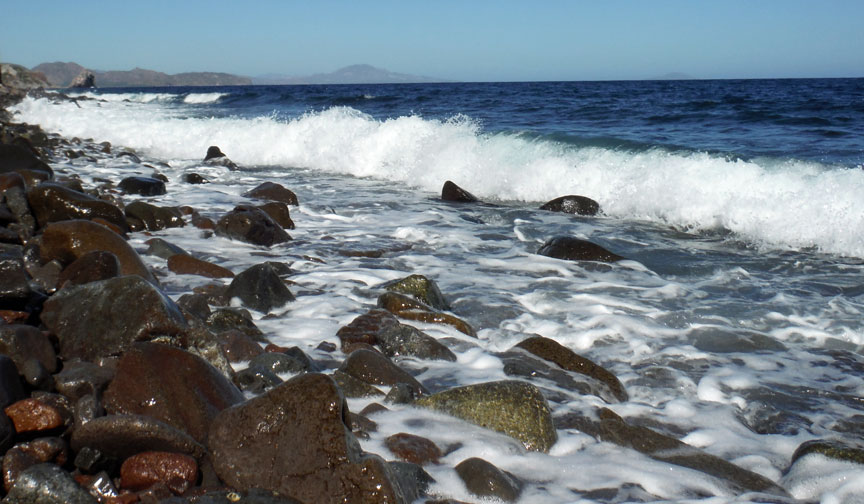
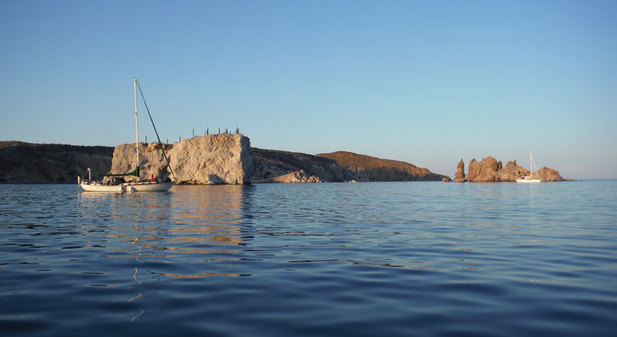
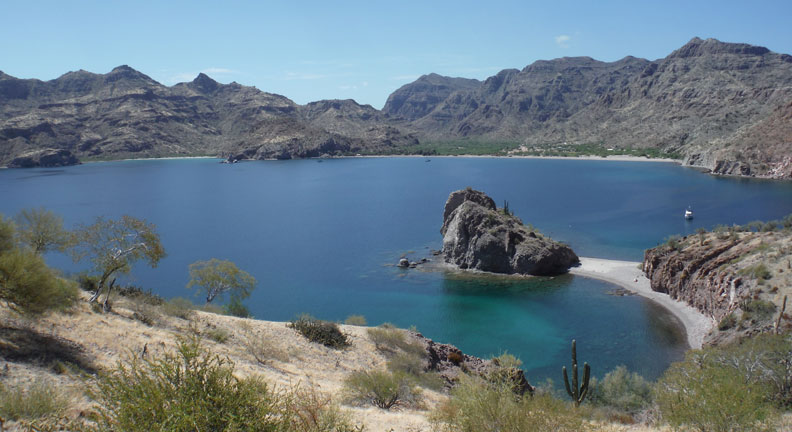
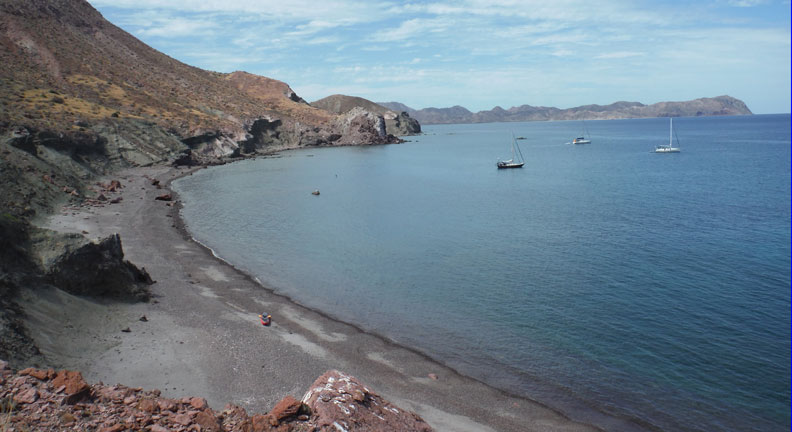
 RSS Feed
RSS Feed
